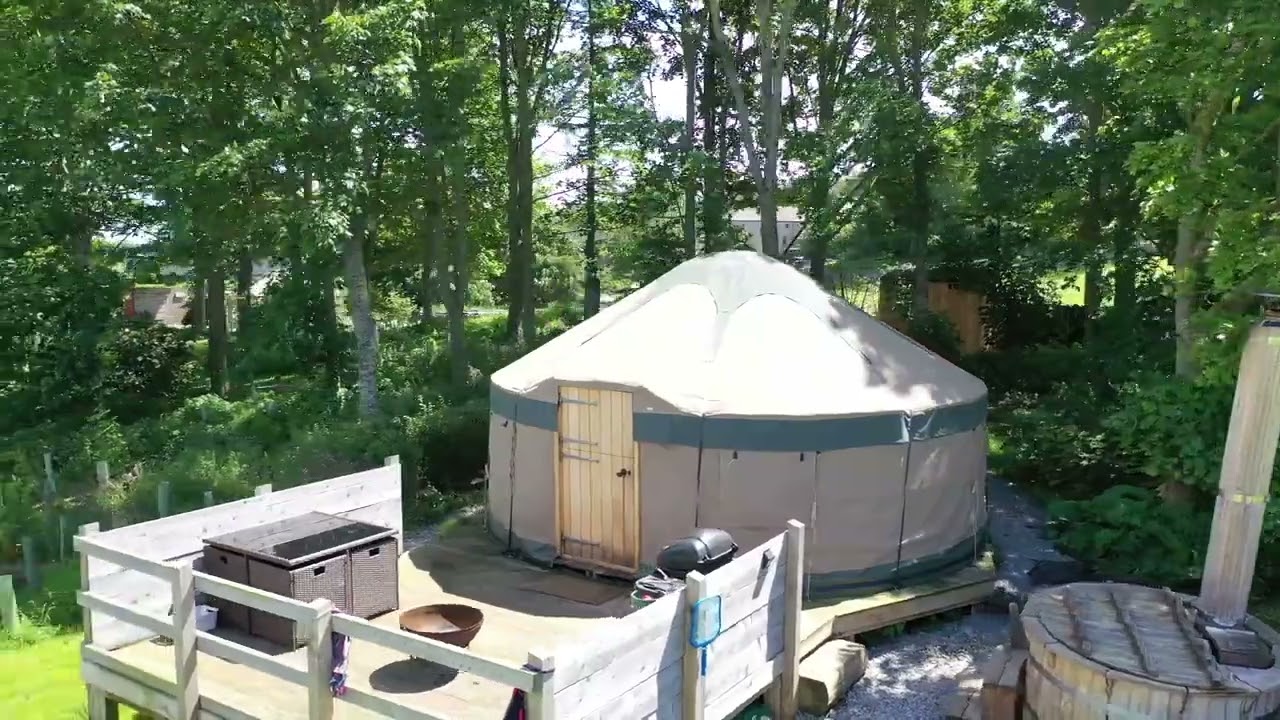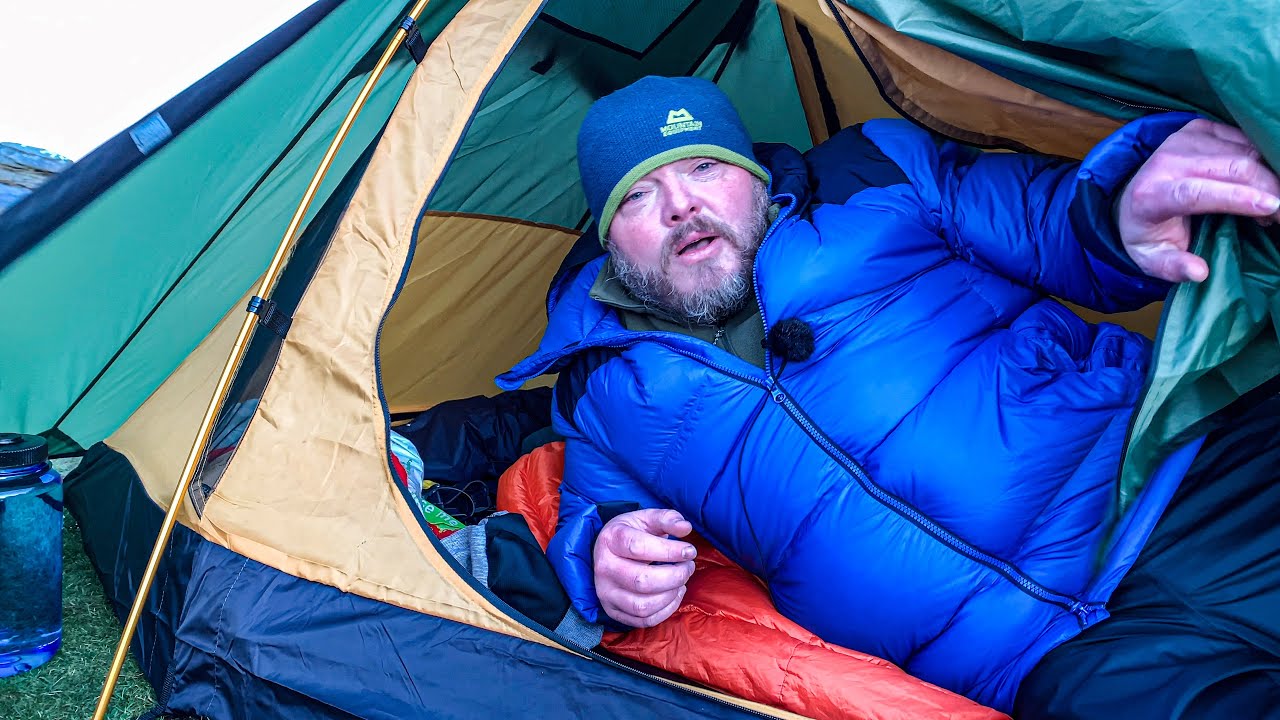There are a few different ways to stay warm at camping. There are body-to-body warming techniques, electric blankets, and moisture-wicking fabrics. Sleeping with a partner may also help keep you warm. In addition, jumping jacks can help you stay warm at night.
Body-to-body warming
In the wilderness, body-to-body warming is not the standard of care. While some people may believe that it will help them stay warm, limited research shows that it doesn’t actually help much. Fortunately, there are more effective ways to keep yourself warm. One of them is to keep yourself away from the ground as much as possible.
Electric blankets
When camping, electric blankets are a great way to stay warm, but there are a few things to be aware of when using one. First, you should always check for safety certifications. Look for ETL or UL markings, which are indications that the blanket has been tested to meet certain safety standards. This is important because electric blankets can catch fire and be dangerous to use. Second, make sure that the blanket is of the correct size for the bed you plan to use it on.
Electric blankets are usually made from a thin layer of fabric with wires woven into it. The electric blankets produce heat when electricity passes through the wires. They can be powered by batteries or plugged into an electrical outlet. There are several types of electric blankets, and some are even portable and designed to be used on a bed at home. However, electric blankets are not cheap and may not be suitable for everyone.
Electric blankets are best stored in a cool place, away from dripping water. Keep them in a plastic tote box or similar container. Also, be sure to fold them well. This will protect them from damage and keep them looking nice. However, electric blankets can be a great addition to any camping trip!
Electric blankets come in different sizes and prices. The larger the size, the higher the price. It is important to note that larger blankets have longer battery lives, but you shouldn’t pay for them just because you think you’ll use them for a few days at a time.
When you are searching for a heated blanket, you should check for safety features. You should look for a blanket that has dual controls, so that the temperature on either side can be adjusted individually. Also, look for a blanket that can be machine-washed. The latter is great for children, since the plugs and controls can be removed for cleaning.
Another option is to purchase an electric blanket that works on a 12V outlet. This type of blanket is 59 inches wide by 40 inches long, and comes with a cigarette plug for easy charging. These blankets are machine-washable and come with a 5-year warranty.
Moisture-wicking fabrics
Moisture-wicking fabrics keep your body dry when you’re sweating. This helps keep you from having to worry about soaking your T-shirt. These fabrics are composed of natural and synthetic fibers that have water-repellent and anti-odor properties.
If you’re preparing to go camping, you should wear lightweight, moisture-wicking clothes. Heavy fabrics can retain moisture and can cause hypothermia. In addition, light fabrics can dry faster. Cotton, for example, is notorious for absorbing moisture and will make you sweat more than usual.
Moisture-wicking fabrics are essential for staying warm in the outdoors. Without these materials, your clothes will make you cold. When you get wet, your body’s heat plummets, and if your clothes don’t wick moisture, you will become even colder. Moisture-wicking fabrics use specific properties to keep you warm.
Moisture-wicking fabrics are also ideal for cold weather camping. Wicking fabric is made of tiny capillaries, which allow moisture to move away from your skin. It is an effective material for any outdoor activity, but is especially helpful in cold weather. This fabric also acts as an excellent insulator. It is important to remember that the base layer of your clothing is closest to your skin, and you need to ensure that it allows moisture to evaporate and is insulated.
Having the right base layer can mean the difference between staying warm in a tent and freezing. Layering several layers of clothing can help keep you warm while keeping you dry. Wool is the best fabric for cold weather, as it wicks moisture away from your skin and provides warmth transfer. It is also fire resistant and comfortable to wear.
Sleeping pad
The first step to staying warm while camping is to purchase a good sleeping pad. This will help keep you warm if the temperature drops. Generally, sleeping pads are insulated to protect your body against cold air. When buying a pad, make sure to purchase one that has a good R-value. This is the amount of resistance a material has to heat flow. For colder weather, you’ll want a sleeping pad with an R-value of at least three.
If you plan on camping during cold weather, you’ll want to buy a sleeping pad with an R-value that matches your anticipated temperature range. The higher the R-value, the better your protection against heat loss by conduction. These pads are usually made for cold weather camping.
Another way to keep warm at camping is to use an inflatable sleeping pad. These are much cheaper than sleeping bags and can provide more warmth per weight. Moreover, you can use them on many trips. In comparison, a sleeping bag is best used in cold weather only. You should also make sure the sleeping pad has a high R-value and is thick enough to prevent the body from moving around.
When buying a sleeping pad, keep in mind that sleeping bags are only part of the warm sleeping gear. A sleeping pad acts as an insulating barrier between you and the ground, preventing you from losing heat through perspiration. A good sleeping pad will list the R-value, a rating that measures the insulation. A sleeping pad with a high R-value is ideal for the coldest winter nights.
Using a sleeping pad also helps to extend the life of your sleeping bag. A sleeping pad with a lining will add an additional 10degF to your bag and will keep you warmer. You can also buy a sleeping bag liner to protect your sleeping bag from dirt, dust, and moisture.

